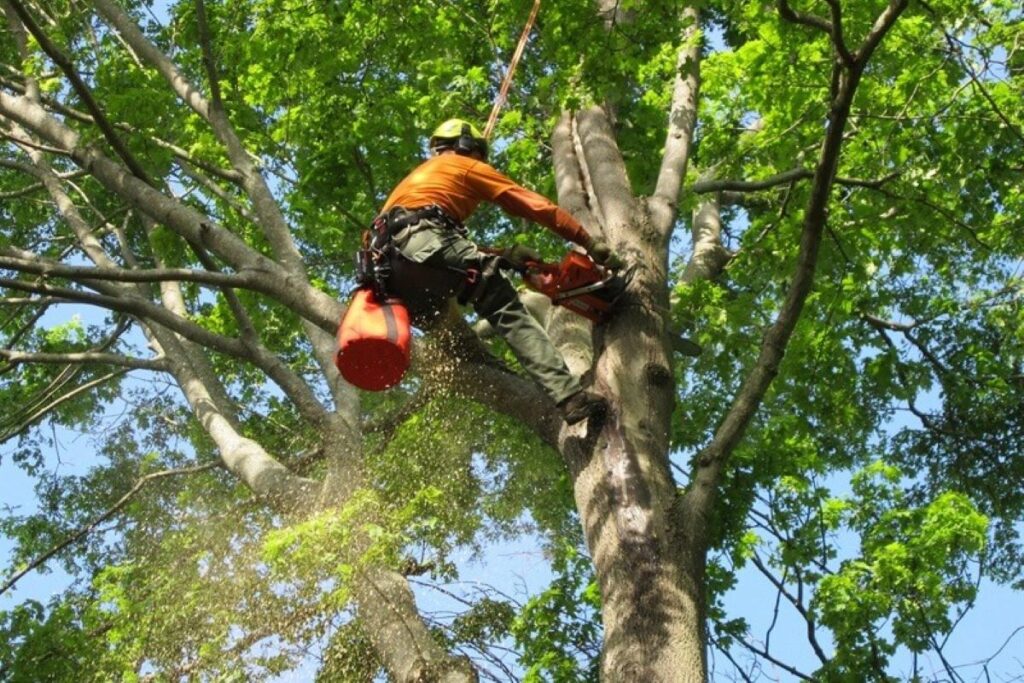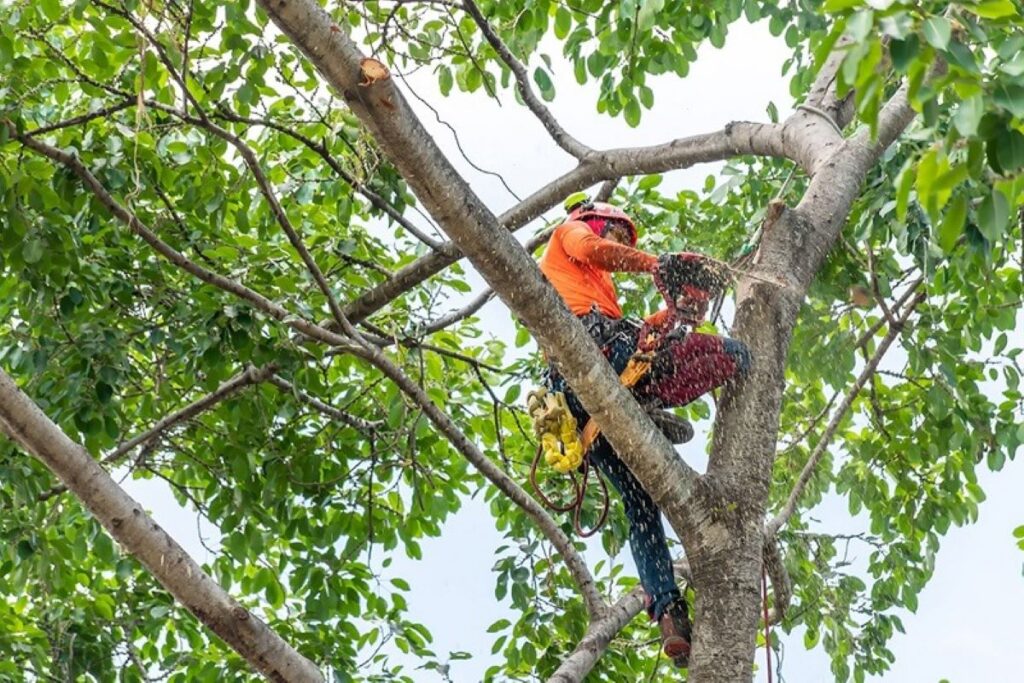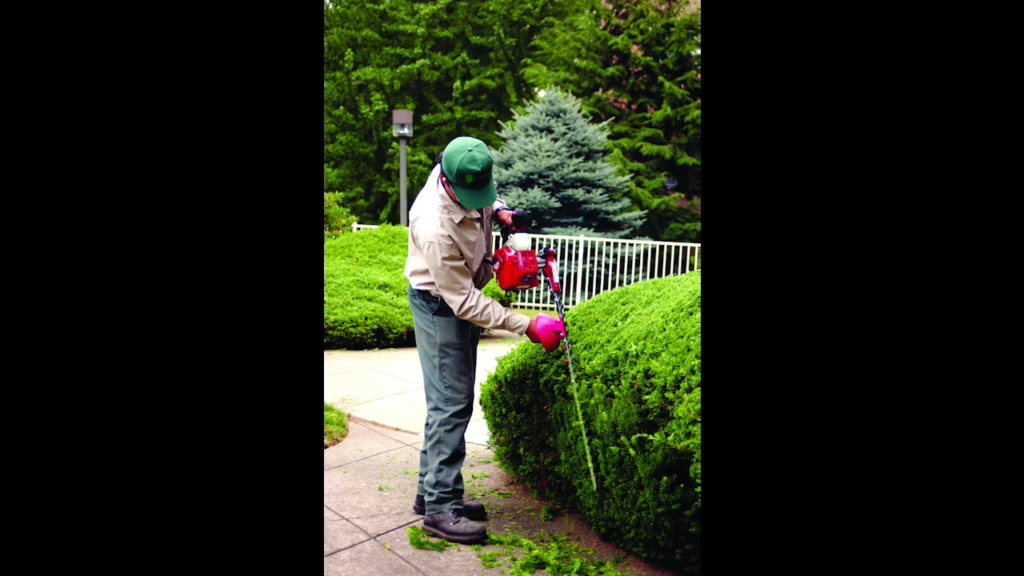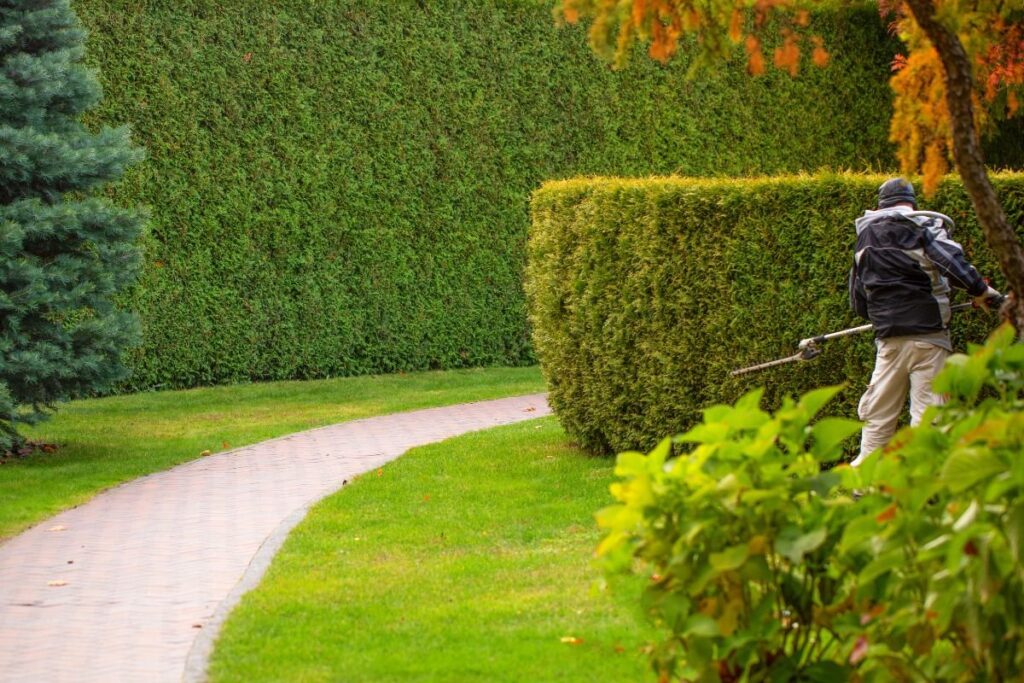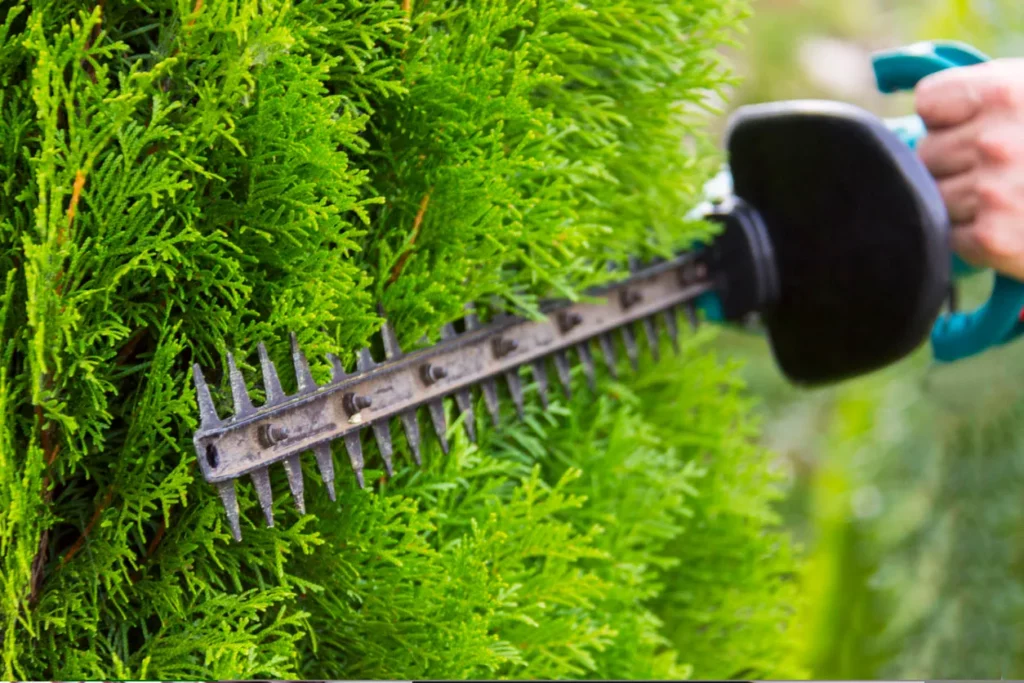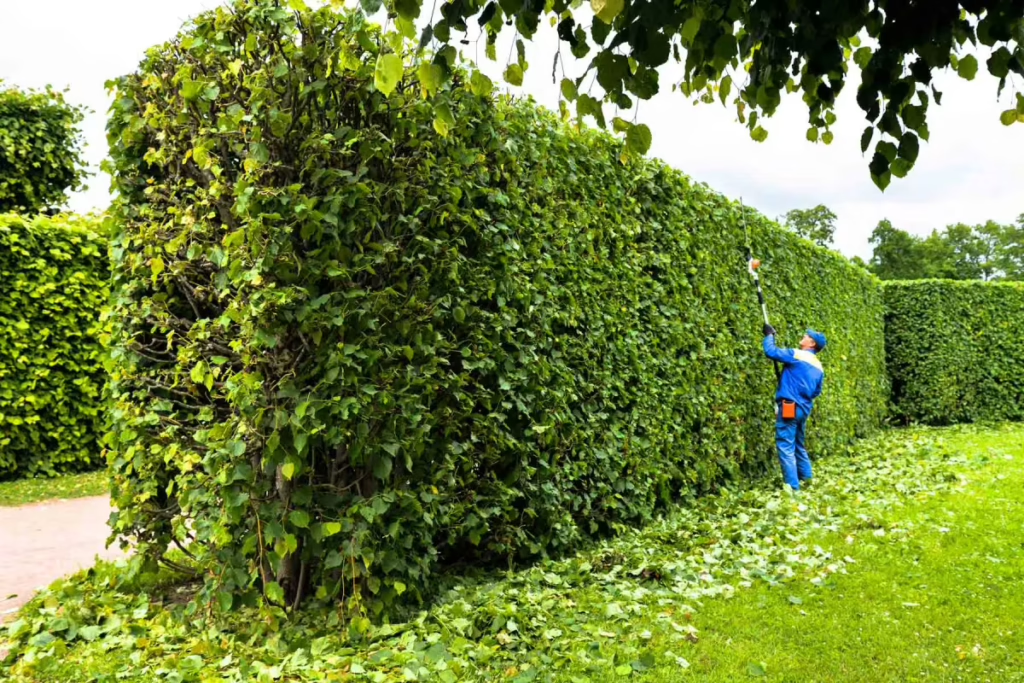What Should They Look for During a Pest and Termite Inspection?
A qualified technician should conduct a comprehensive property assessment that identifies both the pest species and infestation severity. This foundation determines whether your treatment plan will succeed or fail.
The inspection process must cover every vulnerable area. Technicians examine crawl spaces, basements, attics, foundations, and exterior perimeters. They document findings with photos and detailed notes that inform the sydney termite control strategy. Without this thorough evaluation, treatments become guesswork rather than targeted solutions.
Critical Termite Signs
Professional inspectors know exactly what termite activity looks like:
- Mud tubes running along foundation walls or wooden beams
- Hollow-sounding wood when tapped, indicating internal damage
- Discarded wings near windowsills or doors from swarming termites
- Frass (termite droppings) that resembles sawdust or coffee grounds
- Buckling paint or tiny holes in drywall
These indicators reveal not just presence but also the infestation’s age and spread. Fresh mud tubes signal active colonies requiring immediate intervention.

Identifying Additional Pest Threats
Termites aren’t the only concern during a proper pest inspection. Technicians simultaneously assess for:
- Ants including carpenter ants that cause structural damage
- Spiders which may indicate other insect populations
- Rodents evidenced by droppings, gnaw marks, or grease trails
- Mosquitoes breeding in standing water sources
Each pest requires different treatment approaches. Carpenter ants need moisture source elimination alongside chemical barriers. Rodents demand exclusion work and sanitation improvements. A skilled inspector connects these dots, creating a complete picture of your property’s pest vulnerabilities.
The inspection report should specify pest locations, estimated population sizes, and contributing conditions like moisture problems or structural gaps. This documentation becomes your roadmap for choosing treatments that address root causes rather than symptoms alone.
Why Is Hiring Licensed and Experienced Professionals Crucial?
Hiring licensed pest control professionals is essential for several reasons:
- Verified expertise: Licensed professionals have undergone specific training and testing, ensuring they possess the knowledge required to handle pest issues effectively.
- Safety measures: State licensing requirements include education on safety protocols, guaranteeing that technicians prioritize the well-being of your property and its occupants during treatment.
- Industry standards: PMP certification represents an industry-recognized standard demonstrating advanced competency beyond basic licensing.
- Practical knowledge: Experienced technicians bring practical knowledge gained from real-world encounters with various pests, enabling them to adapt treatment approaches based on specific situations.
The Importance of Credential Verification
Verifying the credentials of pest control professionals is crucial in preventing costly mistakes:
- Contacting regulatory agencies: Reach out to your state’s pesticide regulatory agency to confirm that the technician holds an active license.
- Requesting proof of insurance: Ask for evidence of liability insurance coverage that protects against potential property damage during treatment.
- Checking online reviews: Look for consistent service quality by reading reviews across multiple platforms such as Google, Yelp, or Angie’s List.
- Seeking references: Request references from previous customers who had similar pest problems to gauge the technician’s effectiveness.
The Consequences of Inadequate Treatment
The difference between a licensed professional and an unlicensed operator often becomes apparent only after inadequate treatment fails or causes damage:
- Proper credentials ensure accountability.
- Experience translates inspection findings into targeted solutions that address your specific pest challenges rather than applying one-size-fits-all approaches.
By hiring licensed and experienced professionals, you protect your investment while ensuring safe and effective pest control measures are implemented on your property.
How Can Customized Treatment Plans Improve Results?
Customized pest control plans address your property’s unique vulnerabilities rather than applying one-size-fits-all solutions that may miss critical problem areas. Generic treatments often waste resources on unnecessary applications while leaving actual infestation zones untreated, allowing pests to persist and multiply.
Property-specific assessments identify the exact species, entry points, and environmental factors attracting pests to your home. A technician might discover moisture issues in your crawlspace attracting termites or specific landscaping features harboring mosquitoes—details a standard treatment package would overlook.
Tailored termite treatments offer multiple approaches based on your situation:
- Bait systems work best for active colonies, using slow-acting toxins that termites carry back to eliminate entire populations
- Liquid treatments create protective barriers in soil around foundations, preventing new infestations
- Fumigation options tackle severe, widespread termite damage throughout structures
The right method depends on infestation severity, construction type, and budget constraints.
Eco-friendly pest control options have evolved beyond basic repellents. Modern botanical insecticides, heat treatments, and biological controls effectively eliminate pests without harsh chemicals. These alternatives protect children, pets, and beneficial insects while maintaining treatment efficacy. Companies specializing in green solutions can customize non-toxic protocols that match conventional treatment success rates, particularly valuable for families with chemical sensitivities or environmental concerns.
What Is Integrated Pest Management (IPM) and Why Does It Matter?
Integrated pest management (IPM) strategies combine targeted pesticide applications with proactive prevention techniques to create long-lasting protection. This approach addresses the root causes of infestations rather than simply treating visible symptoms, making it significantly more effective than relying on chemicals alone.
IPM works through a multi-layered defense system:
- Environmental modifications that eliminate pest attractants, such as fixing leaky pipes and improving ventilation to reduce moisture buildup in crawl spaces and basements
- Physical barriers created by sealing cracks in foundations, installing door sweeps, and repairing damaged screens to block entry points
- Sanitation improvements including removing wood debris, leaf piles, and mulch that sits directly against your home’s foundation
The chemical component of IPM follows a “least toxic first” philosophy. Technicians conduct detailed inspections to identify specific pest species and their nesting locations before applying any products. This precision targeting means pesticides are used only where necessary and in minimal quantities, reducing exposure risks for your family and pets.
When choosing how to select a pest and termite treatment plan that actually works, IPM offers sustainable results because it disrupts the conditions that allow pests to thrive. Properties treated with IPM methods typically experience fewer reinfestation issues compared to those receiving chemical-only treatments, as the preventive measures continue working long after the initial service.
Moreover, environmentally friendly pest control methods are often integrated into the IPM approach, further enhancing its sustainability. This includes utilizing natural predators or organic pesticides which align with the overall goal of minimizing environmental impact while effectively managing pests.
In addition to residential applications, IPM principles can also be adapted for use in various settings such as early child care environments. A comprehensive resource detailing IPM strategies for early child care is available for those interested in implementing these practices in such facilities.
How Important Are Transparency and Guarantees When Choosing a Plan?
Pest control transparency separates reputable companies from those cutting corners. A reliable provider explains exactly which chemicals they’ll use, where they’ll apply them, and what results you should expect within specific timeframes. They break down costs item by item—inspection fees, treatment applications, follow-up visits—so you understand precisely what you’re paying for without hidden charges appearing later.
Treatment guarantees protect your investment when pests return unexpectedly. Quality pest control companies stand behind their work with concrete promises:
- Free retreatment visits if pests reappear within the warranty period
- Money-back offers when treatments fail to eliminate the infestation
- Scheduled follow-up inspections included in the original service price
- Written warranty terms specifying coverage duration and conditions
Companies offering vague “satisfaction guarantees” without specifics often leave homeowners frustrated. Look for providers who detail their reinfestation money-back offers in writing—what triggers the guarantee, how quickly they’ll respond, and whether you’ll receive a refund or free service.
Ask direct questions about their guarantee limitations. Some exclude certain pest types or require you to maintain specific conditions. Understanding these boundaries before signing prevents disappointment when problems arise. Transparent companies welcome these questions and provide straightforward answers without pressuring you into immediate decisions.
What Safety Considerations Should They Keep in Mind?
When evaluating any pest control plan, the first priority should be child-safe pest treatments and pet-safe pesticides. Professional companies are required to disclose the active ingredients in their treatments and explain potential risks to vulnerable household members. It’s important to ask specific questions about drying times, ventilation requirements, and whether family members need to vacate during application.
Organic Pest Control Options
Many providers now offer organic pest control options that use plant-based ingredients or biological controls instead of synthetic chemicals. These alternatives work effectively against common pests while minimizing exposure risks:
- Botanical insecticides derived from chrysanthemums or neem oil
- Diatomaceous earth for crawling insects
- Boric acid baits in tamper-resistant stations
- Heat treatments for termites that use zero chemicals
Understanding Pesticide Safety
The Environmental Protection Agency (EPA) registration number on any pesticide indicates it has passed safety testing, but “registered” doesn’t automatically mean “safe for all situations.” Request Safety Data Sheets (SDS) for any chemicals the company plans to use. These documents detail toxicity levels, first aid measures, and proper handling procedures.
Reputable pest control companies should willingly discuss their low-toxicity options and explain how they protect non-target organisms. Some specialize exclusively in green pest management, using mechanical traps, exclusion methods, and natural repellents as their primary tools. The right provider will match treatment intensity to your specific risk tolerance without compromising effectiveness.
Why Is Reviewing Contract Details Essential Before Committing?
Pest control contracts protect both parties by clearly defining expectations, responsibilities, and recourse options. Reading the service agreement details before signing prevents misunderstandings about what’s included and ensures you know exactly what you’re paying for.
The scope of work section outlines which pests are covered, treatment frequency, and specific areas of your property that will be serviced. This prevents disputes later when you discover certain pests or locations aren’t included in your plan.
Critical contract elements require careful attention:
- Chemicals and methods: Names of pesticides, application techniques, and any alternative treatments available
- Warranty coverage periods: Duration of protection guarantees, typically ranging from 30 days to one year
- Renewal costs: Automatic renewal clauses and price increases for subsequent service periods
- Reinfestation clauses: Conditions under which the company will retreat at no additional charge
- Cancellation policies: Notice requirements and any penalties for early termination
- Liability waivers: What damages the company accepts responsibility for during treatment
Documentation of pre-existing property damage protects you from being held liable for issues that existed before treatment. Request copies of inspection reports and treatment records as part of your service agreement to maintain a complete history of pest management activities on your property.
How Can Comparing Multiple Quotes Help Them Choose the Best Provider?
Requesting estimates from at least three pest control companies reveals significant differences in expertise, treatment approaches, and value. This comparison process exposes which providers truly understand the specific pest challenges at hand versus those offering cookie-cutter solutions.
Pricing comparison alone doesn’t tell the complete story. A lower bid might indicate shortcuts in treatment quality or hidden fees that emerge later. Higher quotes sometimes reflect superior products, more thorough application methods, or technicians with specialized certifications. The goal is identifying the best balance between cost and comprehensive service.
Evaluating service providers requires examining what each quote includes:
- Treatment methodology: Baiting systems, liquid barriers, or fumigation options
- Warranty duration: 30-day guarantees versus multi-year protection plans
- Follow-up schedule: Number of included retreatments and inspection visits
- Response time: How quickly they address urgent reinfestation concerns
Customer service responsiveness during the quoting phase predicts future interactions. Companies that answer questions thoroughly, provide detailed written estimates, and explain their approach demonstrate professionalism. Those rushing through consultations or pressuring immediate decisions often deliver disappointing results.
Comparing pest control quotes side-by-side highlights which providers offer genuine value through comprehensive warranties, proven treatment methods, and responsive support teams that stand behind their work.
What Role Does Ongoing Communication Play in Treatment Success?
Communication with pest control company ongoing service updates determines whether your treatment plan delivers lasting results or falls short. Active dialogue between you and your provider creates accountability, allowing technicians to adjust strategies based on real-time observations and your feedback about pest activity.
Open communication channels enable you to report new pest sightings, unusual damage, or concerns about treatment methods immediately. Quick reporting means your pest control company can dispatch technicians for spot treatments before minor issues escalate into full-blown infestations. This responsiveness saves money and prevents structural damage that develops when problems go unaddressed.
Regular updates from your provider serve as quality checkpoints throughout the treatment process. Professional companies should inform you about:
- Scheduled service dates and any changes to the treatment timeline
- Specific products or methods applied during each visit
- Observed pest activity levels and whether they’re declining as expected
- Recommended adjustments to your home maintenance routine
- Results from monitoring stations or follow-up inspections
Documentation of these updates creates a treatment history that helps identify patterns. If pest problems persist despite multiple treatments, this record reveals whether the issue stems from ineffective products, inadequate application, or external factors like neighboring infestations. Your provider can then modify the approach rather than repeating unsuccessful methods.
In some cases, such as with specific pests or infestations that require specialized knowledge, it may be beneficial to seek additional resources or expertise. For instance, the Treasury Cloud Report provides insights into data management practices that could enhance communication efficiency with your pest control provider.
Moreover, if the infestation is severe and falls under certain health-related categories, understanding how services like California’s Children’s Services operate could provide useful insights into managing such situations effectively.
Lastly, leveraging technology can play a crucial role in improving communication and treatment success. For example, utilizing advanced data analytics and machine learning techniques as discussed in this IEEE paper could significantly enhance the effectiveness of pest control strategies by providing more precise data for decision-making.
How Do Preventive Measures Complement Their Treatment Plan?
Professional treatments work best when homeowners actively participate in pest prevention efforts such as reducing clutter, eliminating moisture, and sealing entry points. Even the most effective chemical applications can’t overcome environmental conditions that continuously draw pests back to your property.
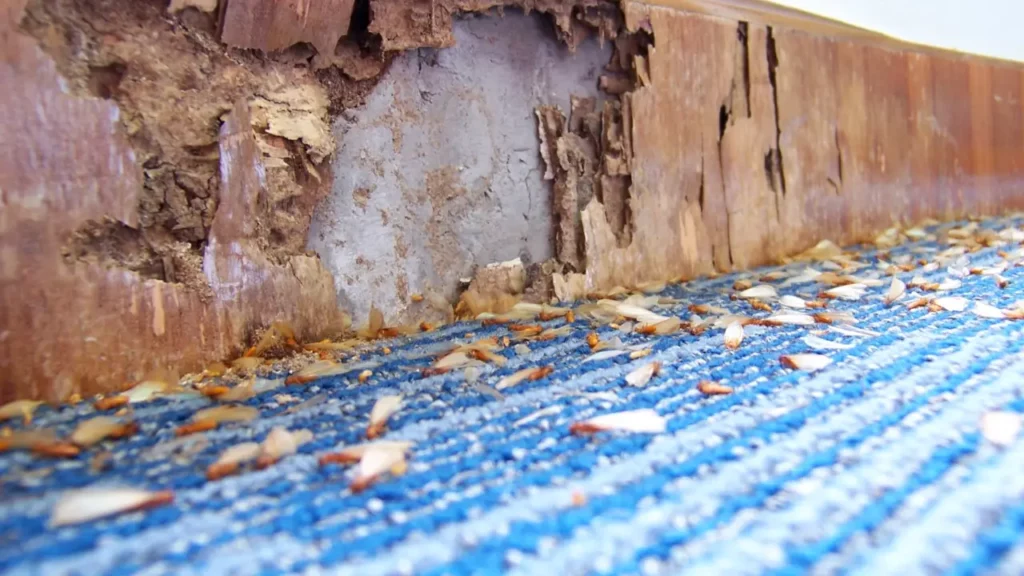
Reducing Clutter
Reducing clutter creates an inhospitable environment for pests seeking shelter. Cardboard boxes, stacked newspapers, and accumulated items provide ideal hiding spots for termites, roaches, and rodents. Store belongings in sealed plastic containers elevated off the ground rather than directly on soil or concrete floors where moisture accumulates.
Moisture Elimination
Moisture elimination is one of the most critical preventive actions against pests. Termites and many other pests require water to survive:
- Fix leaking pipes, faucets, and air conditioning units immediately
- Install proper ventilation in crawlspaces and attics
- Direct downspouts and gutters away from your foundation
- Use dehumidifiers in damp basements
Removing Cellulose Debris
Remove cellulose debris like wood scraps, mulch piled against foundations, tree stumps, and fallen branches. These materials attract termites while providing food sources that sustain colonies near your home.
When you combine these pest prevention tips with professional treatments, you create multiple barriers against infestation. Your pest control provider can identify specific vulnerabilities during inspections, but maintaining these conditions between service visits determines whether How to Choose a Pest and Termite Treatment Plan That Actually Works translates into long-term protection or temporary relief.
Related : Termite Control Sydney: 7 Signs You Need Professional Treatment Now





